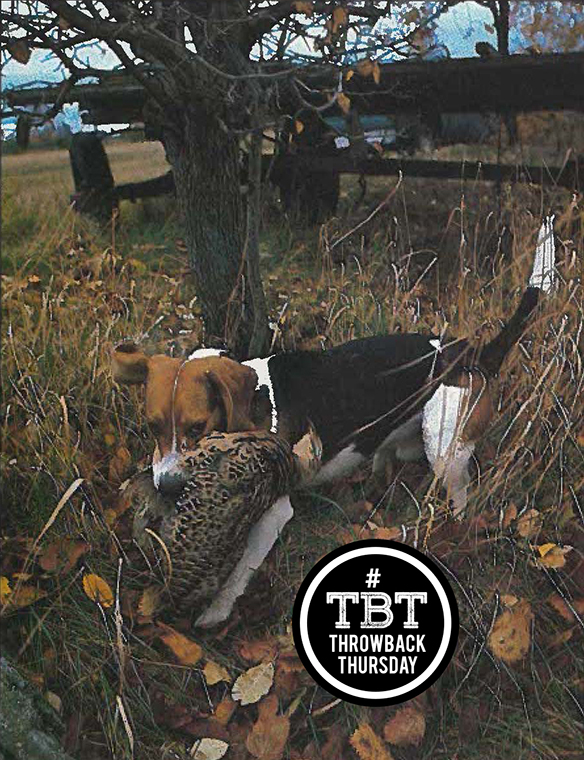
Hunt over beagles a few times and it becomes apparent why they’ve been called a Jack-of-all-trades, handy dandy, versatile, working, or poor-man’s dog, endearing, and merry. These popular little rabbit and hare specialists even make ideal pets. And, it’s not unusual to see them being worked on a wide variety of game, such as pheasants, ruffed grouse, squirrel, deer, bear, fox, and coyote.
Beagles refuse to retrieve
Usually, beagles refuse to retrieve, but there are exceptions. One such dog taught me a valuable lesson, a few years ago. I’d just combed a large field fruitlessly for pheasants, with a well-trained pointing dog, and was walking back to my car when I heard a shot. Looking back to the opposite end of the field, I witnessed a large cock bird take a tumble and then, to my amazement, a beagle retrieved the bird right to the shooter’s hand. Curious, I watched the dog and its owner as they continued working my field.
And, be darned, within another five minutes they had collected another bird. This time, though, I was spotted and, as luck would have it, the two headed in my direction. Not realizing that he had followed in my footsteps, the young gentleman said, “Hi,” and then demoralized me thoroughly by commenting that he’d filled his limit and was sure the field contained a few more birds.
“Geez, I’ve never seen a beagle work pheasants before, and that dog of yours did a remarkable job finding and retrieving those birds,” I remarked, in an effort to change the conversation.
“Oh, we aren’t always that lucky,” he said. “I’ve never trained him to either hunt or retrieve. He taught himself. I just take him out of the car and let him go. When he finds a hot track, his nose just sticks to it like glue, and I follow along until the bird decides to take off.”
Ontario Association of Beagle Clubs
If that off-beat experience with beagles wasn’t enough, I came within a whisker of having an encore last winter, when Bob Mitton of Puslinch and a dozen or so other members of the Ontario Association of Beagle Clubs went out of their way to treat me to a cottontail rabbit and showshoe hare hunt. As luck would have it, the evening before our outing a fresh foot of fresh snow and sub-zero cold had descended upon the Wentworth Beagle Club, near Millgrove, where the group had planned to take me for an hour’s cottontail photography before we actually started hunting.
During previous visits to the area, where no hunting is allowed, I’d noted that the club’s training and field-trial grounds had been converted into a cottontail Shangri-La. And it was impossible not to see a bunny every five minutes. This time, however, after two frustrating hours of trying to rouse the rabbits from their winter quarters by using a dozen dogs and a like number of people jumping on brushpiles, we had to give up. Then, to make matters worse, as we approached Bob Mitton’s for lunch, a neighbour’s golden retriever walked out of his driveway with a freshly killed cottontail.
Looking for snowshoe hares
Warmed up and with full stomachs, we decided we’d be better off looking for snowshoe hare, and that the ideal hunting spot might be in a reforestation area a 100-km drive northwest. Undaunted, we took off, and after an hour drive piled out of the vehicles into crotch-high snow, without a set of snowshoes among us. Despite the tough walking and cold, which “froze” my camera’s batteries, the memories I have from that afternoon will always be prized. I still can’t believe how the half dozen dogs we put out managed to sound, with their chorusline barking, and act so happy-go-lucky, while ploughing through neck-deep snow for three hours, pushing snowshoe after snowshow in front of our guns.
I don’t know whether it’s the beagles’ if-you-can-do-it, I-can-do-it-too attitude that wears off on their owners or vice versa. But, each party left me quite impressed. Only one has to look at the grounds of the Wentworth and other beagle clubs around the province to see the dedication that is heaped upon the dogs. Plus, at the Ontario OUT of DOORS’ Hunting and Sporting Dog Show for the past two years, members of the Ontario Association of Beagle Clubs have won the Best-Booth Award. Bob Milton and his F.T. Alloa’s T.J’s. Shiloh were the winners of the 1986 Ontario OUT of DOORS Dog and Handler of the Year Award.
Bob’s advice
When I asked Bob’s advice in chasing, training, trialing, and joining one of this province’s many beagle clubs, he asked jokingly if I was planning to retire my pointers and take up beagling.
“The price of a pup from decent hunting/field-trial stock usually ranges from $150 to $200. And to train it, once it’s a few months old, we just take it out to a bushlot and let it teach itself how to hunt. And, as far as obedience is concerned, we only train our dogs ‘down,’ so they can be caught when running, and ‘tally-ho’, which means get your butt over here and chase this bunny that’s just been spotted,” commented Bob.
If one intends on trialing a dog, he added, it’s best to investigate the four different types of trials that beagles compete in and see which you’d enjoy most.
Sporting-dog trials
In brief, the entry fees for most beagle trials range from $2 to $8.50. And, males and females don’t run together. Plus, at each trial separate events are held for dogs 13 inches and up to 15 inches. The different trials are: Brace, where two dogs compete against each other; Small Pack, where from four to seven dogs run; Large Pack, where as many as 20 or more dogs compete together; and Gundog Stake, which was just introduced into Canada two years ago. This event is similar to the Small-Pack trial, but the dogs also are tested for gun-shyness and judged for conformation. The kicker to this trial is that to qualify for a championship event, a dog must place in a trial and achieve at least 60 out of a possible 100 conformation points.
It’s too bad that this rule doesn’t apply to all types of sporting-dog trials.
Originally published in the April 1987 issue of Ontario OUT of DOORS


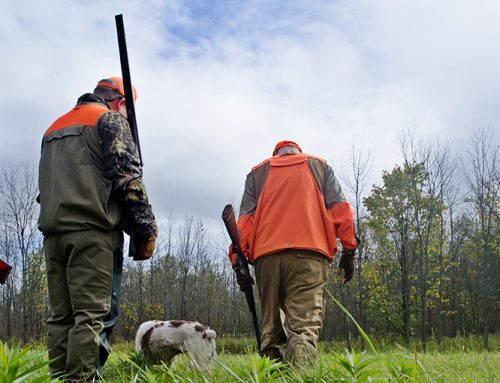
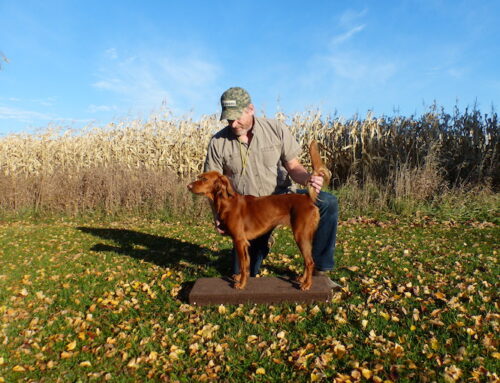
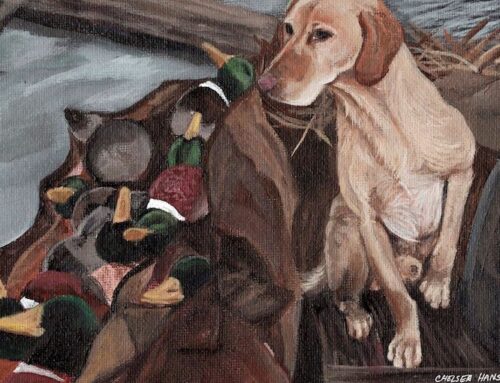
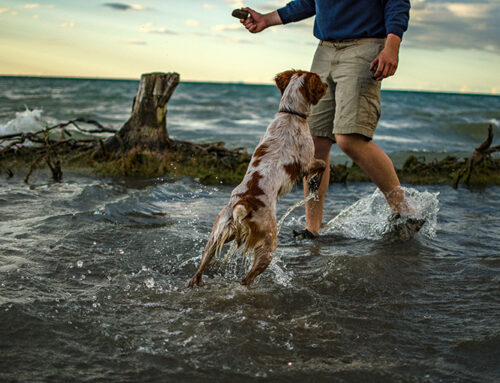
Leave A Comment